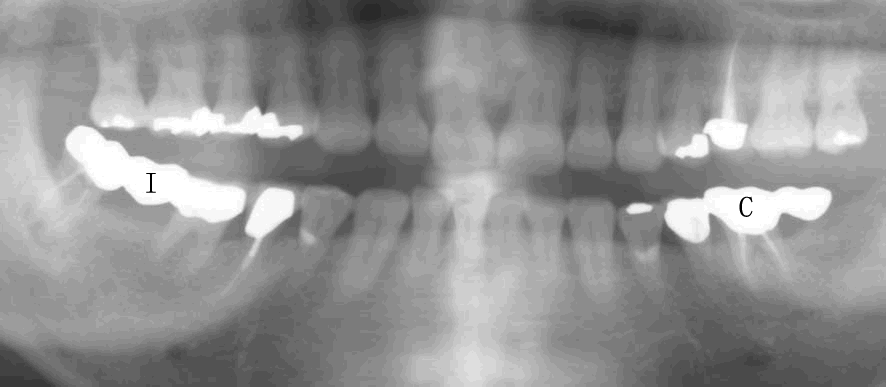
Fig.1
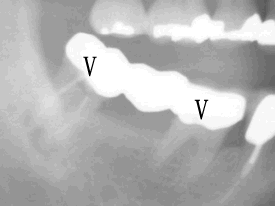
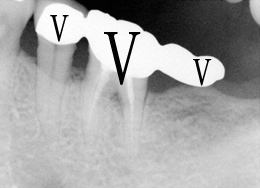
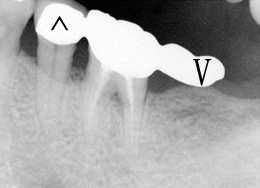
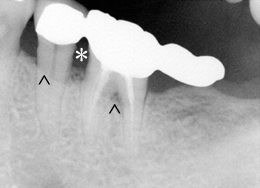
Fig.2
Fig.3
Fig.4
Fig.5
|
|
|||
|
Fig.1 |
|||
|
|
|
|
|
|
Fig.2 |
Fig.3 |
Fig.4 |
Fig.5 |
Dental Education Lecture: Cantilever Bridge
Mrs. Lee has lost two teeth in the bottom and has two bridges to replace them (Fig.1). The one on our left-handed side is called Class I bridge (I), whereas the other one called cantilever bridge (C).
Class I bridge is to replace a missing tooth in the middle (Fig.2). We have to shave two natural teeth on the either side in order to seat so-called three-unit bridge. When we bite down, the force is pretty evenly loaded on the supporting teeth (arrowheads in Fig.2).
Cantilever bridge is to replace a missing tooth on one side of the bridge (Fig.3). Its mechanic is worse than Class I bridge. When we bite down on cantilever bridge evenly, the middle supporting tooth take the heavier load (bigger arrowhead in Fig.3). When we bite down on the one end of the cantilever bridge, the other end goes up (Fig.4). The middle supporting tooth is twisted, which is very bad to the tooth.
Besides, with any type of bridge (Class I or cantilever), we cannot floss regularly, because each tooth joins each other. It is difficult to clean the area under the joint (* in Fig.5). Tissue breaks down and bone and gums recede (arrowheads in Fig.5).
The best way to restore missing teeth is use of implants. Mrs. Lee has a lot of problems with her bridges and wants to change the cantilever one into implant first.
Xin Wei, DDS, PhD, MS 1st edition 12/06/2009, last revision 09/28/2012